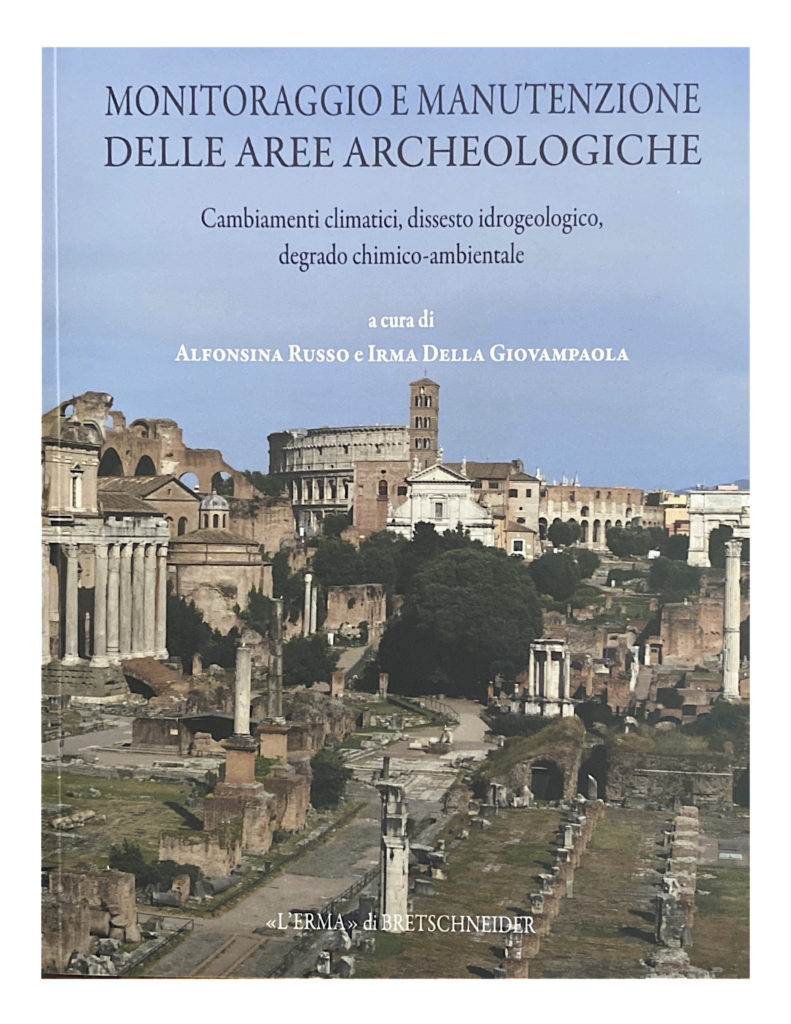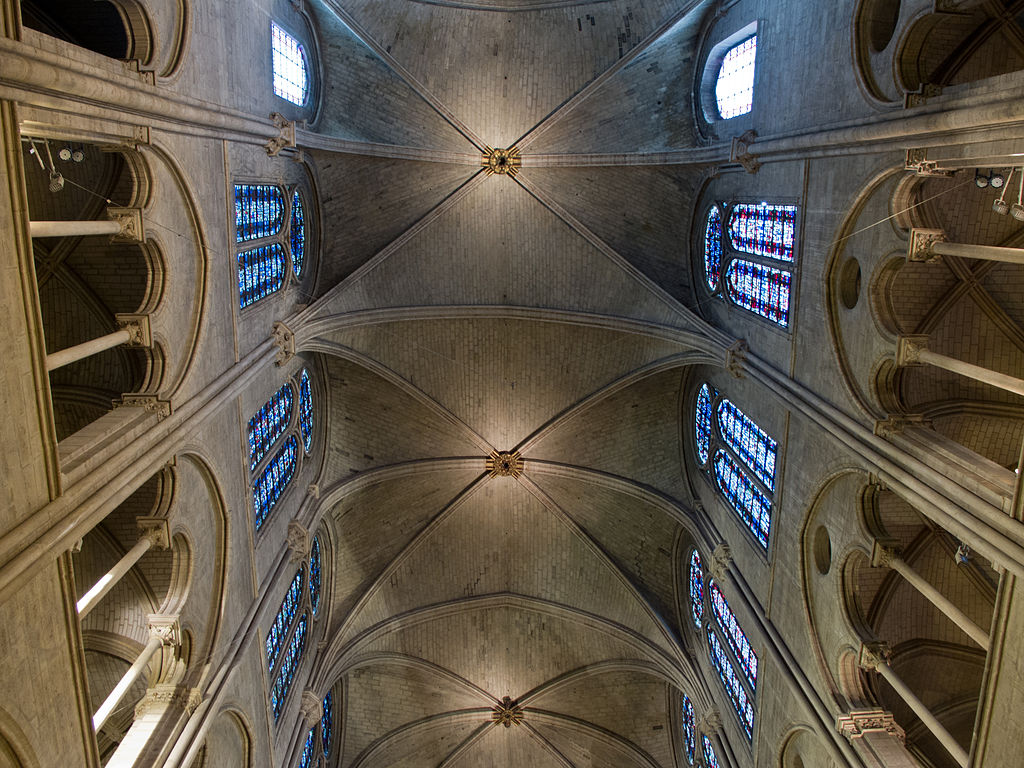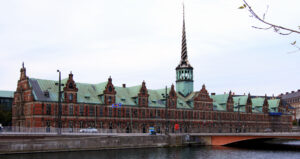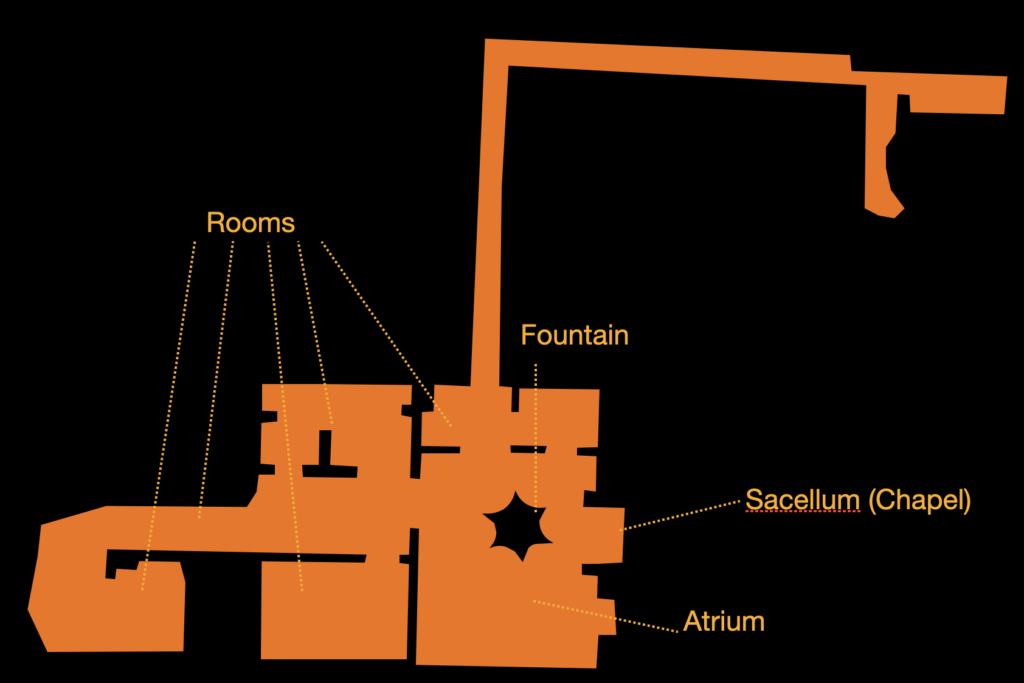Monitoring and Maintenance of Archaeological Sites: the Conference Proceedings
The papers collected in the volume are focused on climate change, hydrogeological instability and chemical-environmental degradation
Historic buildings are by their nature subject to the degradation that time and atmospheric agents entail. To limit the damage that degradation causes to heritage artefacts, the first requirement is the periodic or, better, continuous control of their state of conservation. The technologies available for this purpose are constantly evolving. This aspect, which is objectively positive, however, poses to professionals and managers of cultural heritage the problem of orienting themselves among the different choices to be adopted. Even leaving out the problem of choosing between the specific sensor technologies, the choice of the design philosophy to follow to collect the data and make them available for the management functions, design of restoration interventions and support for emergency activities is one of the most tricky aspects of the job.
The occasions in which to discuss this topic are quite rare and therefore the publication of the proceedings of the conferences that deal with this topic is of particular interest, such as the case of the conference “Manutenzione e monitoraggio delle aree archeologiche”(Monitoring and Maintenance of Archaeological Sites) held in Rome on 20th and 21st March, 2019, at the Curia Julia building in the Archaeological Park of Palatine in Rome.

The contents of the volume, edited by Alfonsina Russo and Irma della Giovampaola, concern a large number of aspects of safety, not only of archaeological assets but of historical buildings in general. In fact, the Parco archeologico del Colosseo, which organised the conference, has considered multidisciplinarity has a fundamental resource in preserving Cultural Heritage.
To this aim, the proceedings “present representatives of institutions active in the experimentation of new methods of conservation to discuss the challenges of the new millennium: reducing vulnerability and increasing resilience through the use of low-impact technologies.”
The papers collected in the volume are focused on climate change, hydrogeological instability and chemical-environmental degradation. They are almost all in Italian, with abstracts in English, and provide an interesting insight into the variety of safety aspects that site managers must take care of.
The volume illustrates various case studies in which satellite control of archaeological areas or monumental complexes was used to allow managers to design the interventions to be carried out more accurately. The sensors, however, are not limited to satellites but relate to remotely piloted aerial systems, Lidar technologies for deformation control and monitoring of temperatures and micro-stresses on structures.
Alongside the problems to be solved, the volume highlights the speed with which technological solutions improve the ability to understand phenomena potentially dangerous for assets and the possibility of timely intervention.
The list of individual themes covers different aspects, from the interaction between plants and underground artefacts to the effects of the sea or atmospheric agents on buildings. The use of the laser scanner has been prescribed for both survey activities in ordinary conditions and for the needs of emergency intervention on historic buildings after a seismic event. Cases are dealt with that go far beyond just archaeological systems: from monitoring on an urban scale to national parks, while the risks treated concern practically all those of natural origin, from earthquakes to hydrogeological events. The underlying theme can be summarised with the title of the paper concerning the Machu Picchu site, which can be translated as “Between Knowledge and Management”.
The proceedings are divided according to the scheme approved by the conference. In particular, the first session concerned monitoring in national parks. The second exposed the international experiences in monitoring cultural heritage, while the third concerned the Italian ones. The fourth session addressed the essential issue of the search for a monitoring method. Finally, thirteen interventions regarded the case studies.






